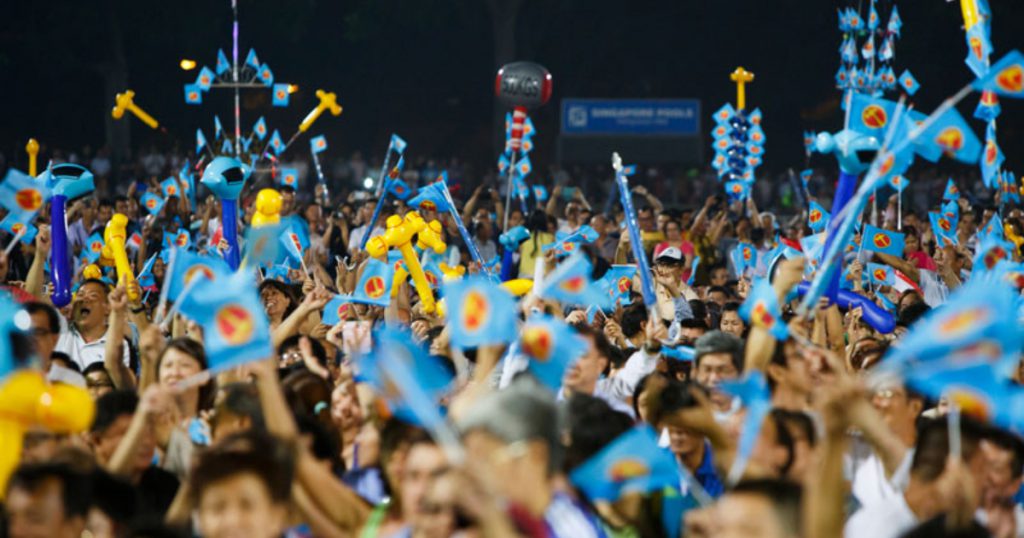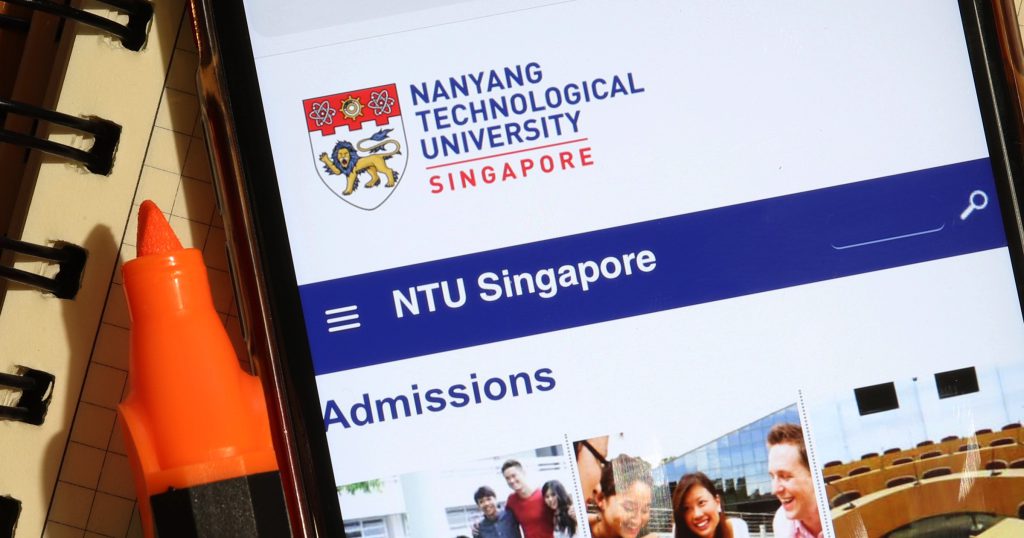General Election is upon us now and it’s time to get educated on the different political parties that will be contesting in the upcoming election.
Who are they? What do they stand for? What is their track record?
In this series, we will cover everything you need to know about the party so you can have a better understanding of what they’re about before you cast your votes.
Following our first installation on ruling party PAP, it’s now time to look at Singapore’s most prominent opposition party — the Workers’ Party.
A Quick History Of WP

The Workers’ Party (WP) was set up by David Marshall in 1957. However, the survival of the opposition party for the last five decades has not been an easy one.
After the 1957 City Council Elections, WP was hit by the resignations of elected member Chang Yuen Tong, followed by that of the founder himself in 1963.
Grassroot leaders tried to hold the fort from 1963 to 1968 but the arrest of two top party leaders and the merger and separation of Singapore from Malaysia threatened the survival of the WP.
Lawyer J. B. Jeyaretnam then headed the Party from 1981 to 1991, but the party continued to face pitfalls including a disqualification of Jeyaretnam from the 1988 and 1991 elections and the arrest of 22 “Marxists” in 1987.
In the 1991 elections, WP member Low Thia Khiang defeated PAP MP Tang Guan Seng for Hougang Single Member Constituency (SMC). Low, who was only 35 then, won with 52.8 per cent of the vote.
The Party then underwent a leadership renewal in 2001, which saw the transfer of Secretary-Generalship from Jeyaretnam to Low.

The party is currently led by secretary-general Pritam Singh — he took over from Low during a party renewal in 2018.
What Do They Stand For?
The official colour of Workers’ Party is blue, as evident from the light blue uniforms they wear during political campaigning and canvassing to represent the party’s links and support with the working class blue-collars.
The Workers’ Party believes in a socialist Singapore that must go beyond elitism and materialism and for Singapore to seek for a “First World Parliament”, where the government is held accountable for issues concerning Singaporeans and where Singaporeans are able to exercise their rights in political participation.

The party favoured government intervention in the economy, and the redistribution of wealth.
Taxation was seen as a means to achieve a “major redistribution of wealth and income” in previous manifestos. The party also desired increased rights for Singaporean workers, and a welfare state including publicly funded healthcare.
Last month, the party called for the Government to improve the environment for workers to ensure a better post-Covid-19 future.
The WP suggested that a Redundancy Insurance scheme be implemented to help workers bounce back and to have rules for better returns on Central Provident Fund (CPF) balances while allowing a portion above the CPF Minimum Sum to be withdrawn in emergencies.
In addition, it asked that the environment for workers be fair enough so that all workers know they will not face disadvantages as a result of their gender, race or for being Singaporeans.
They also said that the resale values of Housing and Development Board flats should be reasonably supported to protect those who depend on them for retirement.
What Do S’poreans Think About WP?
The Workers’ Party has been offering Singaporeans a choice at General Elections since 1957 and puts pressure on the government to respond to their needs and opinions.
To Singaporeans, the opposition party has been the listening ear for ideas on alternative political, economic and social policies for Singapore.
That said, Singaporeans see the WP as a venue to contest the policies rolled out by ruling party PAP.
Whenever the Workers’ Party disagrees with policies and laws of the ruling party, it highlights these during and off election periods to increase voters’ awareness and to hold the government accountable.

Some examples of PAP’s policies that have been contested by the WP are foreign immigration and improving Singapore’s birth rate.
WP has advocated for a more calibrated approach to immigration to Singapore. It has, for instance, proposed that the overall number of foreign workers should be capped if Singapore can achieve a 1 per cent annual growth rate in the local workforce.
He argued that the foreign talent influx, which suppress wages, has also caused increased competition in the workforce, leading to high pressure and stress to the Singaporean worker, resulting in the loss of work-life balance.
WP’s Gerald Giam also criticised the number of jobs that went to foreigners while incomes could not keep up with the costs of living.
Low had also called for a comprehensive approach to improve Singapore’s low birth rate and suggested that priority should be given to Singaporeans’ foreign-born spouses and children “for naturalisation as new citizens”.
He said, “We only want those immigrants who have strong ties to Singapore to become citizens.”
Past General Election Results
Their breakthrough came in the 2011 General Elections when the Party won Aljunied GRC, where Low Thia Khiang, Sylvia Lim, Chen Show Mao, Pritam Singh and Muhamad Faisal Abdul Manap contested.
In May 2012, the Party contested the vacant seat in a by-election in Hougang SMC. Png Eng Huat won with 62.08 per cent of the valid votes.
In January 2013, the Party contested the vacant seat in a by-election in Punggol East SMC. Lee Li Lian won with 54.52 per cent of the valid votes in a 4-cornered contest.
In GE 2015, the team for Aljunied GRC and Png’s Hougang SMC were re-elected for another term in Parliament, but by a reduced winning margin.
Punggol East SMC’s Lee was defeated in her re-election bid to PAP’s candidate and Deputy Speaker Charles Chong.
WP’s overall vote also fell from 46.58 to 39.75 per cent — but this figure is still higher than the opposition’s national average of 30.14 per cent.
Where Will They Be Contesting?
In GE 2015, the Workers’ Party contested in 10 constituencies, fielding 28 candidates. It was their largest slate of candidates since 1988.
In this year’s general election, WP will be contesting four group representation constituencies (GRCs) and two single-member constituencies (SMCs).
The party announced last week that they will defend their seats in Aljunied GRC and Hougang SMC, and field candidates to contest Marine Parade GRC, Sengkang GRC, East Coast GRC and Punggol West SMC.
They also announced new first-time candidates as well as two candidates who had contested previous elections — ex-NSP candidate Nicole Seah, and Yee Jenn Jong who had been an NCMP from 2011 to 2015.
Although WP is contesting fewer seats this time — 21 compared with 28 in 2015 — Pritam Singh stressed that the party has fielded the best candidates that they could find.
Disclaimer: Vulcan Post does not support or endorse any political parties.
Check out our General Election 2020 microsite for more election-related content.
Featured Image Credit: The Workers’ Party











